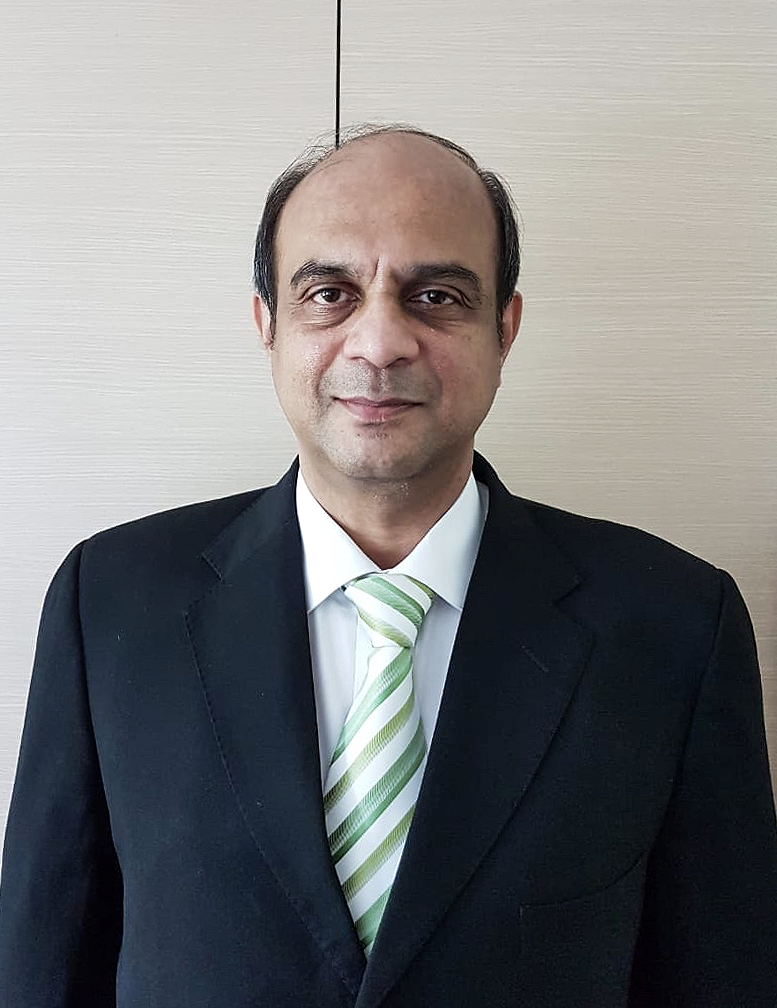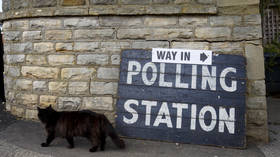Exercise INDRA 2019: Strengthening Indo-Russian strategic ties
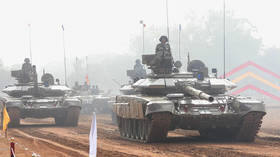
Annual exercise INDRA 2019, a massive tri-service wargame between India and Russia is currently wrapping up at three locations in India, after running for 10 days from December 10.
Exercises of this scale are special, reserved by India only for close strategic partners such as Russia and the United States. INDRA 2019 is perhaps the only instance of a tri-services exercise being conducted simultaneously.
This is testimony to India's long-standing and multifaceted relations with Russia which have continued to progressively evolve from the Cold War 'Treaty of Peace, Friendship and Cooperation,' signed in 1971 between India and the USSR, to the level of a Special and Privileged Strategic Partnership, as described in a historic joint statement by President Dmitry Medvedev and Indian Prime Minister Manmohan Singh in 2010.
Over the years, India appears to have pursued its relations with Russia independent of other global powers. For instance, as Western leaders shied away from Russia in 2015, Indian President Pranab Mukherjee attended the 70th Victory Day anniversary in Moscow, joined by the Chinese President Xi Jinping. Russia has been responding in kind. In April 2019, Indian Prime Minister Narendra Modi was awarded the highest civilian award of the Russian Federation through a presidential decree, a rare honour bestowed to only 18 other distinguished personalities.
The scope of Indo-Russia strategic relations currently encompasses defense, civil nuclear energy, space, science, technology, hydrocarbons, trade and investment, with several dialogue mechanisms operating at both political and official levels. An annual summit meeting between the Indian prime minister and the Russian president is the highest of these mechanisms, plus there are regular annual interactions between various ministerial commissions.
Exercise INDRA serves to showcase the scope of perhaps the most important facet of the Indian-Russian ties: defense.
Defense cooperation: Not just buyer and seller
About 70 per cent of India's defense equipment is of Russian or Soviet origin dating back to the 1960s. It is estimated that since the early 1960s, India has acquired more than $40 billion worth of defense hardware from Moscow. Over the past 20 years, India's defense imports from Russia have been varied and extensive and included a Kiev-class aircraft carrier (former Admiral Gorshkov), destroyers, stealth frigates, conventional and nuclear submarines, maritime reconnaissance aircraft, naval helicopters, air force fighters, and army main battle tanks such as the T-72 and the T-90. China was the number one arms importer from Russia for a long time; however, it was overtaken by India in 2007. This trend continued until recently, when the US emerged as India's largest defense supplier, overtaking Russia.
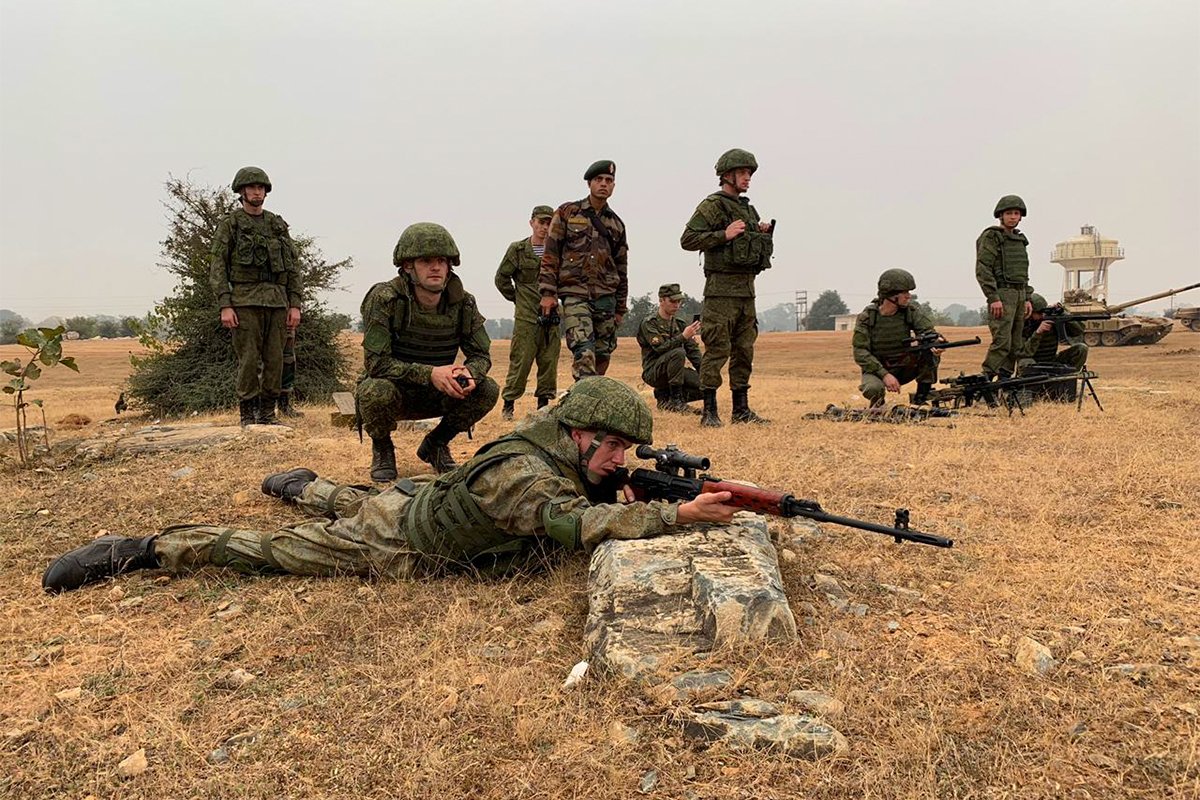
During the early years, India's defense cooperation with Russia was characterised as a simple 'buyer-seller' relationship, with Exercise INDRA used as one of the venues for the Russians to showcase their equipment. The framework for defense cooperation has since evolved to include joint research, development, and production of advanced defense technologies and systems. Some successful joint projects include the BrahMos anti-ship cruise missile system, joint development of the fifth-generation fighter aircraft, and multi-transport aircraft, as well as the licensed production in India of the SU-30 fighter aircraft and T-90 tanks.
Recent defense acquisitions by India from Russia include the S-400 Triumf surface-to-air anti-ballistic missile defense system, in a deal valued at about $10 billion, making it the largest-ever single defense deal with Russia.
This has been followed by an agreement to manufacture over 200 Kamov helicopters in India in collaboration with Reliance Defense, a private Indian company, a contract for four stealth frigates (including two to be built in India), and a $3 billion deal for a third Russian Akula-class nuclear attack submarine on lease from 2025, signed in March 2019.
Hurdles
India's defense procurements from Russia are liable to come under US sanctions under a new law, Countering America's Adversaries through Sanctions Act (CAATSA). However, keeping in mind the scale of India's defense procurements from the US and its role as a strategic partner, the Trump administration appears likely to waive the sanction for India; a testimony to India's rising global stature and astute management of diplomatic ties by the Modi government.
The success of Indo-Russian defense cooperation has not always been unmarred. There have been past problems related to the declining quality of Russian equipment, high costs, and poor after-sales service. A trend of replacing aging Russian origin equipment with the newer American equivalents is evident. For instance, the American Chinook and Apache AH-64E helicopters will gradually replace the Russian Mi-26 and Mi-35 helicopters and the Boeing P8Is have replaced the Tu-142 maritime reconnaissance aircraft, which may also be seen as a move by India to strike a balance and get the best of both worlds.
The ex-Gorshkov deal, with its long renegotiations and a price hike by $1.2 billion from the initial $1.5 billion, apparently drove India to explore alternate sources for defense procurements from the US, Israel, and Europe. In apparent retaliation in 2011, the Russian Navy abruptly cancelled Exercise INDRA. During this period, Russia also agreed to supply Pakistan with Mi-35 helicopters despite a decades-old informal understanding with India.
However, seeing the scale of recent acquisitions by India, it appears that these issues have now been settled.
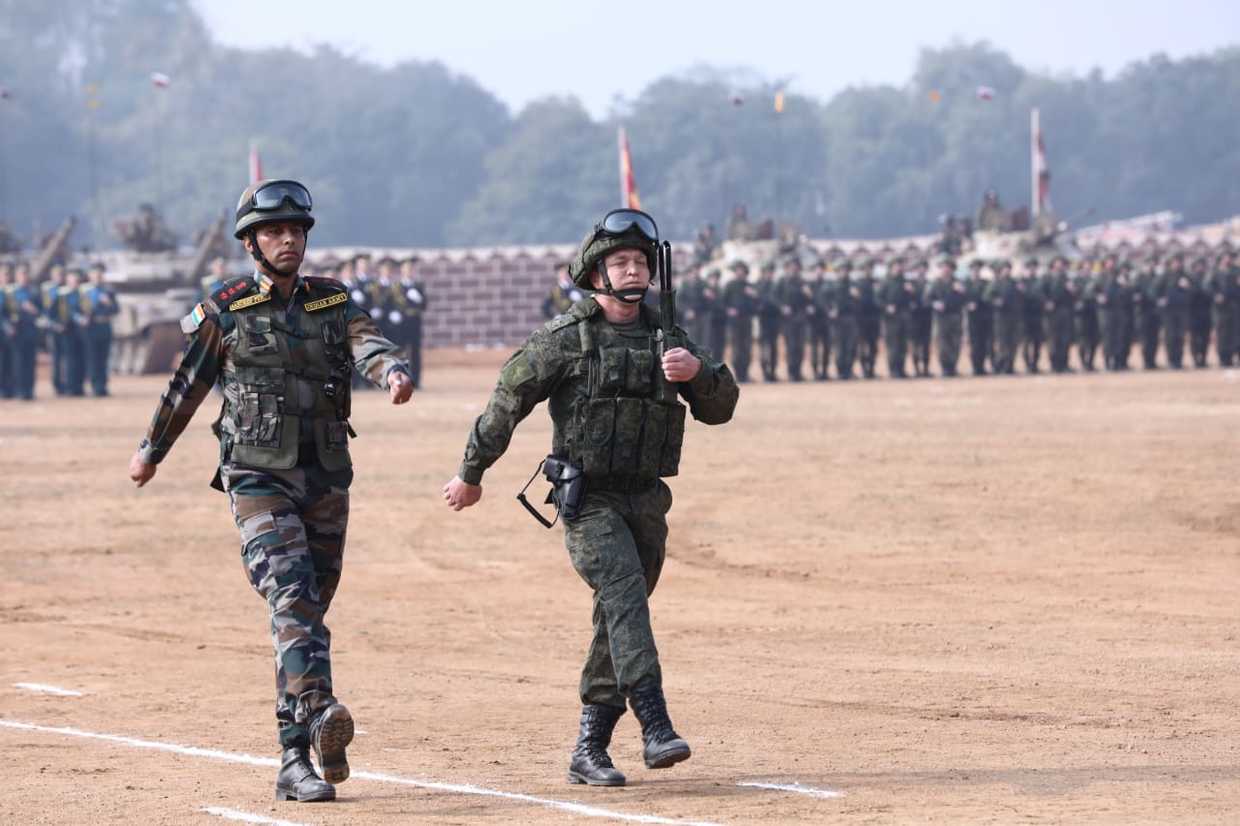
Road ahead
India is keen to maintain its time-tested relationship with Russia despite improved relations with Washington. India shares Russia's vision of a multipolar world and within South Asia, Russia has always supported India over the Kashmir issue and opposed its internationalisation. The issue of terrorism is another area of strategic convergence of interests. Pertinently, President Vladimir Putin was the only P-5 leader who telephoned Modi after the Pulwama terror attack in support of India's right to self-defense.
It is evident that defense ties with Russia constitute the core of Indo-Russian relations. Given that a large majority of Indian military equipment is of Russian/Soviet origin, it is clear that India will continue to depend on Russia in the long term for spares, maintenance, and upgrades. Notwithstanding recent progress in India-US defense cooperation, Russia remains India's major supplier for strategic platforms and systems, including the aircraft carrier, conventional and nuclear submarines and fighter aircraft, and the latest ballistic missile defense system.
On balance, it is opined that Indo-Russia strategic ties will continue to grow from strength-to-strength based on close political ties, strong defense dependency, and military engagements such as INDRA.
Also on rt.com In swipe at US, New Delhi says foreign nations must ‘respect’ its decision to purchase Russian S-400 systemsLike this story? Share it with a friend!
The statements, views and opinions expressed in this column are solely those of the author and do not necessarily represent those of RT.
